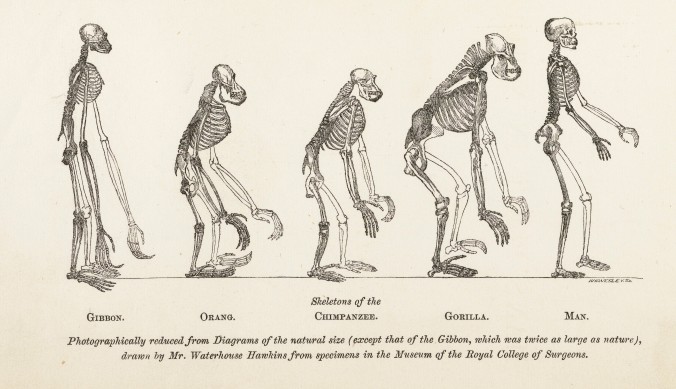
Tuesday 29 January 2019 (Week 3)
Prof Anne-Julia Zwierlein, University of Regensburg
Monstrous Voices: (Female) Speaking Automata, Mind Science and Mass Mediation in Late-Nineteenth-Century British Fiction
The prelude to my talk sketches our ongoing DFG funded research project on ‘Lecturing Females: Oral Performances, Gender and Sensationalism in Metropolitan Lecturing Institutions and Mass Print Culture, 1860-1910’. Selecting one of the project’s central aspects, Victorian oratory and elocution and the question of vocal sound as the social-material dimension of human language, I then present a literary case study by (briefly) tracing the historical trajectory of monstrous/automatic voices in physiological psychology, sound technology, and Gothic and realist fiction from the mid-nineteenth century to the fin de siècle. Examining how in the context of the new modernity of mass mediation, sonic monstrosity (technologically or hypnotically induced) came to be theorised as a co-creation between performer, subject, and audience/readership who function as ‘sounding board’, the talk ends by revisiting some late-nineteenth-century feminist autobiographical accounts and suffrage novels/short stories which deployed representations of public speech acts as the climax of their conversion narratives. (Female) surrendered agency and mesmeric/spiritualist trance are here replaced by the performative channelling of a disembodied female collectivity, and a Gothic device – the chthonic, ghostly or automatized voice – is transformed into a vehicle of empowerment and (political) resonance.
5.30—7.00, Seminar Room 3, St Anne’s College
Tuesday 12 February 2019 (Week 5)
Dr Ushashi Dasgupta, University of Oxford
Dickens’s Loneliness
‘The little bustling, active, cheerful creature, existed entirely within herself, talked to herself, made a confidante of herself’. The ‘cheerful creature’ is Miss La Creevy, who paints portraits and lets London lodgings for a living: she is a minor character in Dickens’s Nicholas Nickleby. Dickens was drawn to lonely characters like Miss La Creevy. This paper introduces them, and explores the ways in which Dickens negotiated the boundaries between solitude and loneliness over the course of his career. It will attempt to answer some of the following questions: what is the history of this emotion, is it a pathology, and how does literature work to define it? Do certain spaces or ways of living make us lonely? What is the relationship between geography, feeling, and health?
5.30—7.00, Seminar Room 3, St Anne’s College
Wednesday 27 February 2019 (Week 7)
Professor Gowan Dawson, University of Leicester

‘A Monkey into a Man’: Thomas Henry Huxley, Benjamin Waterhouse Hawkins and the Making of an Evolutionary Icon
The frontispiece to Thomas Henry Huxley’s Evidence as to Man’s Place in Nature (1863), showing a sequence of primate skeletons becoming successively taller and more erect before finally reaching the upright human form, is one of the most iconic visual representations of evolution. This paper will explore the personal tensions and intellectual conflicts amidst which the famous frontispiece was created, revealing the festering antagonism between Huxley and the artist Benjamin Waterhouse Hawkins which makes the image far stranger and more ambiguous than has previously been recognized.
5.30—7.00, Seminar Room 3, St Anne’s College
Drinks will be served after each seminar. All welcome, no booking required.